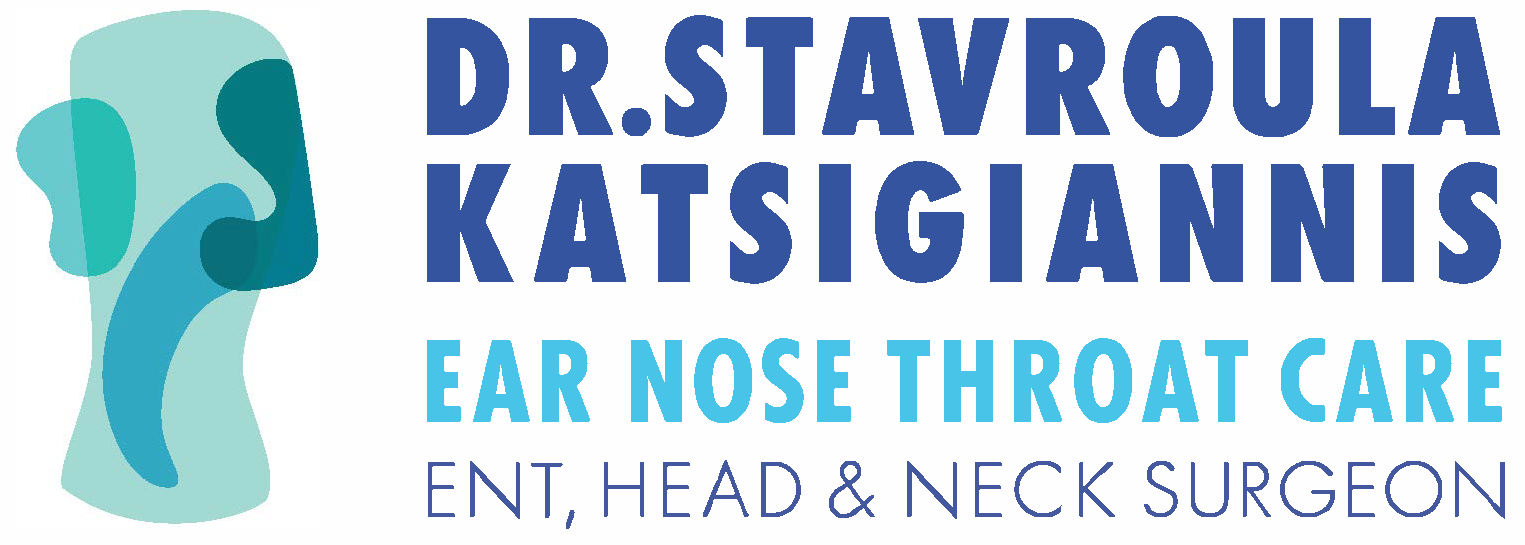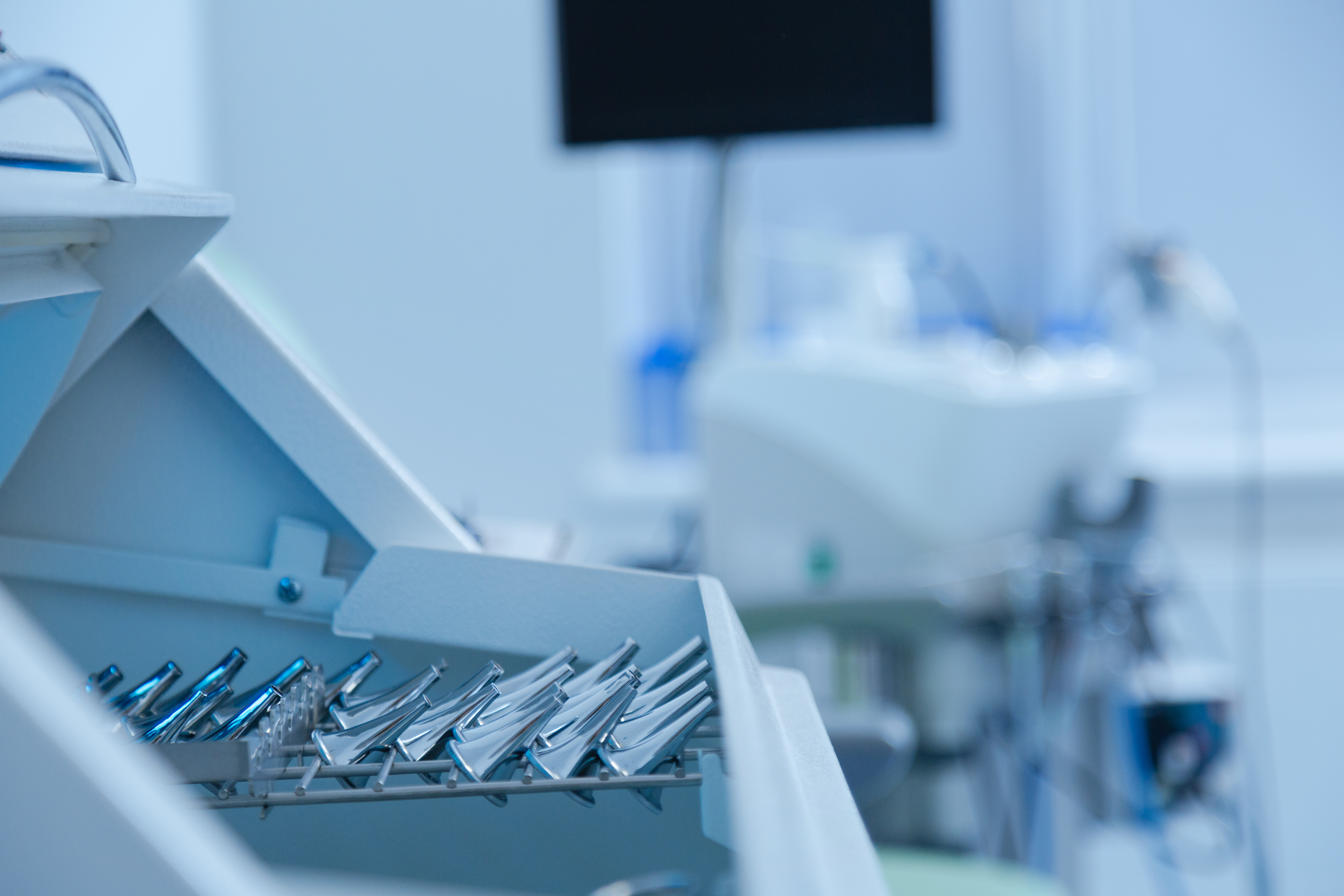Snoring is the noisy sound produced during sleep due to the relaxation of muscle tone, by the vibration of the soft molecules of the walls of the pharynx, which is caused when the passing air does not have a normal flow because it is prevented from spinning.
The areas where the problem is located are the nose, pharynx, palate, parietal tonsils, tongue or combination.
The predisposing factors of snoring are distinguished in:
• Anatomical factors such as nasal septal scoliosis, hypertrophy of the nasal passages, hypertrophy of adenoids, polyps of the nose or postoperative adhesions, long grapes, thick and long soft palate, thick walls, small tongue, large pharynx, such as constructional structures.
• Increased body weight and accumulation of fat in the abdominal wall which increases respiratory function.
• The body type where the dense body type with large muscle mass, short neck with fat deposition and large neck circumference, predisposes more.
• Sex affects, as men snore twice as much as women due to a different distribution of fat, which accumulates more in the neck and root area of the tongue causing narrowing of the airway.
• Age plays a role in tissue relaxation and muscle tone.
• Pregnancy increases the risk of snoring by 3.5 times.
• The posture of the body, in the supine position the tongue falls backwards and narrows or blocks the pharynx.
Apnea is the cessation of breathing during sleep for more than 10 seconds.
It is distinguished in central type, obstructive type or mixed type.
Complications of apnea include: angina, heart attack, arrhythmias, heart hypertrophy and insufficiency, hypertension, stroke, fatigue, drowsiness, erectile dysfunction and poor performance at work or school respectively.
At our doctor’s office, the investigation is individualized by taking a complete history and completing special weight assessment questionnaires.
This is followed by a complete ENT examination and endoscopic examination of the upper airway in order to locate the points of vibration and obstruction.
Then the basic clinical trial is the multivariate sleep study either in a special laboratory or with the use of portable recording machines from home.
The investigation is completed with an endoscopic sleep study (DISE), an examination established internationally as the most reliable for designing the treatment plan.
Treating snoring and apnea requires the active participation of the patient and may require the application of multiple therapeutic methods, both conservative and surgical.
Initially, changing the patient’s lifestyle, adopting new habits such as: proper nutrition to maintain a normal weight, avoid smoking and alcohol, increase physical activity, sleep in a supine position, help a lot in reducing symptoms.
Knowing the needs of each patient individually we have the ability to enhance our therapeutic approaches by using intraoral prostheses, endoprostheses or various airway dilators as well as preparations that exist and allow us to support our overall effort.
Obstructive sleep apnea can be treated with the CPAP application, a device of continuous positive pressure on the airway through a mask during sleep.
From a surgical point of view, the restoration of the problem can be done in one or more stages, individually or in combination.
Interventions aimed at improving nasal breathing: straightening the nasal septum, cauterizing the nasal passages, removing nasal polyps.
Pharyngeal surgeries: tonsillectomy adenoidectomy, the classic Grape – Superficial – Pharyngoplasty (UPPP), either using a laser or using radiofrequency (RF).
The many and varied options for treating snoring and sleep apnea give us the flexibility in the treatment plans we follow in order to finally solve the problem of our patients.

